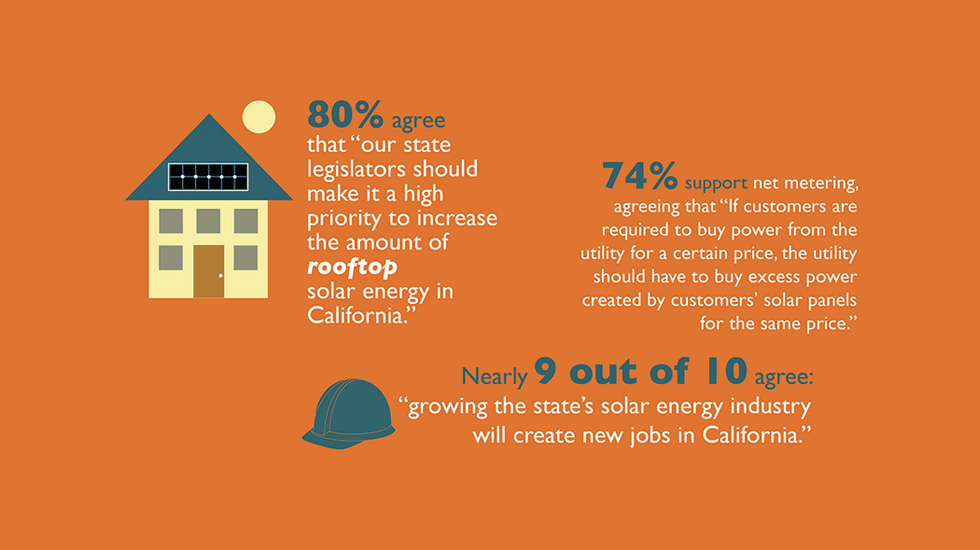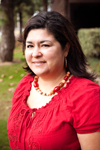The results are in: Solar matters!
 On Thursday, poll results were finalized by the William C. Velasquez Institute (WCVI) to reveal the large majority of Latinos in Southern California support and want to see a shift toward rooftop solar energy in our communities. The findings are very similar to those of a survey done last year, and further support EHC's movement for green, clean energy and illustrate the increasing prioritization of solar panel energy in Latino urban neighborhoods most affected by air pollution and dirty energy.
On Thursday, poll results were finalized by the William C. Velasquez Institute (WCVI) to reveal the large majority of Latinos in Southern California support and want to see a shift toward rooftop solar energy in our communities. The findings are very similar to those of a survey done last year, and further support EHC's movement for green, clean energy and illustrate the increasing prioritization of solar panel energy in Latino urban neighborhoods most affected by air pollution and dirty energy.
Some key survey results include:
• 80% believe that our state legislators should make it a high priority to increase the amount of rooftop solar energy in California;
• 70% support the net metering law that allows owners of rooftop solar panels to receive fair credit for the excess energy they generate. Industry analysts credit net metering as the cornerstone policy for continued solar growth
• The core value statement behind the net metering law is even more popular: 74% agree with the statement "if customers are required to buy power from the utility at a certain price, the utility should have to buy excess power created by customers' solar panels at the same price";
• More than half (54%) strongly agreed with the statement "growing the state's solar energy industry will create new jobs in California
• 60% of Latino voters would be less likely to vote for a candidate who opposed policies to support the green economy
Solar rooftop energy will have numerous positive effects on our communities by:
• Decreasing the carbon emissions catalyzing climate change
• Creating more jobs and boosting local economies
• Transitioning neighborhoods away from dirty, toxic air toward clean, breathable air
• Reducing preventable health diseases (such as asthma) directly associated with poor air quality
This survey tells us that Latinos' priorities have become clean energy for both local economy and public health initiatives and solar power will be a major issue in future elections. It is clear our communities are ready for positive environmental changes to happen right in our backyards – or, in this case, right on our rooftops.
For more information on this survey and the results, visit http://causecleanair.org/what-do-latino-voters-in-southern-california-think-about-rooftop-solar/.


 El pasado 31 de mayo EHC, grupos ambientalistas y residentes de las colonias Chilpancingo y 10 de Mayo aprovecharon la visita a Tijuana del director de la Comisión Nacional del Agua, David Korenfeld, para entregar un escrito pidiendo la conservación de la tercera etapa del Arroyo Alamar.
El pasado 31 de mayo EHC, grupos ambientalistas y residentes de las colonias Chilpancingo y 10 de Mayo aprovecharon la visita a Tijuana del director de la Comisión Nacional del Agua, David Korenfeld, para entregar un escrito pidiendo la conservación de la tercera etapa del Arroyo Alamar. This story was originally published at
This story was originally published at 
